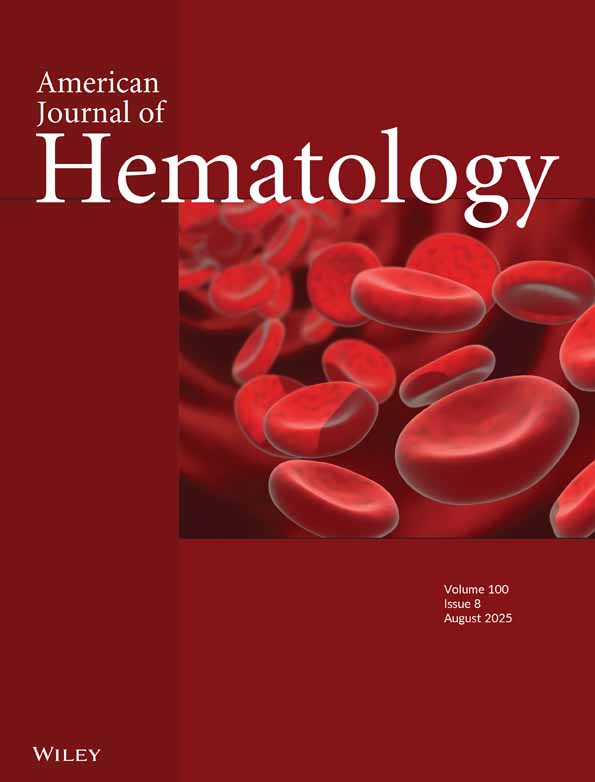Hemoglobinopathies in the dogon country: Presence of βs, βc, and δa'genes
Abstract
The population of the Dogon, located in Mali, is divided in an endogamic Noble class and two endogamic servant castes (Tanners and Blacksmiths). We find that the polymorphic frequencies of βc, βs, and, unexpectedly, a mutation of the δ-chain (δA'), are geographically (valley vs. plateau) as well as social status dependent. © 1994 Wiley-Liss, Inc.




